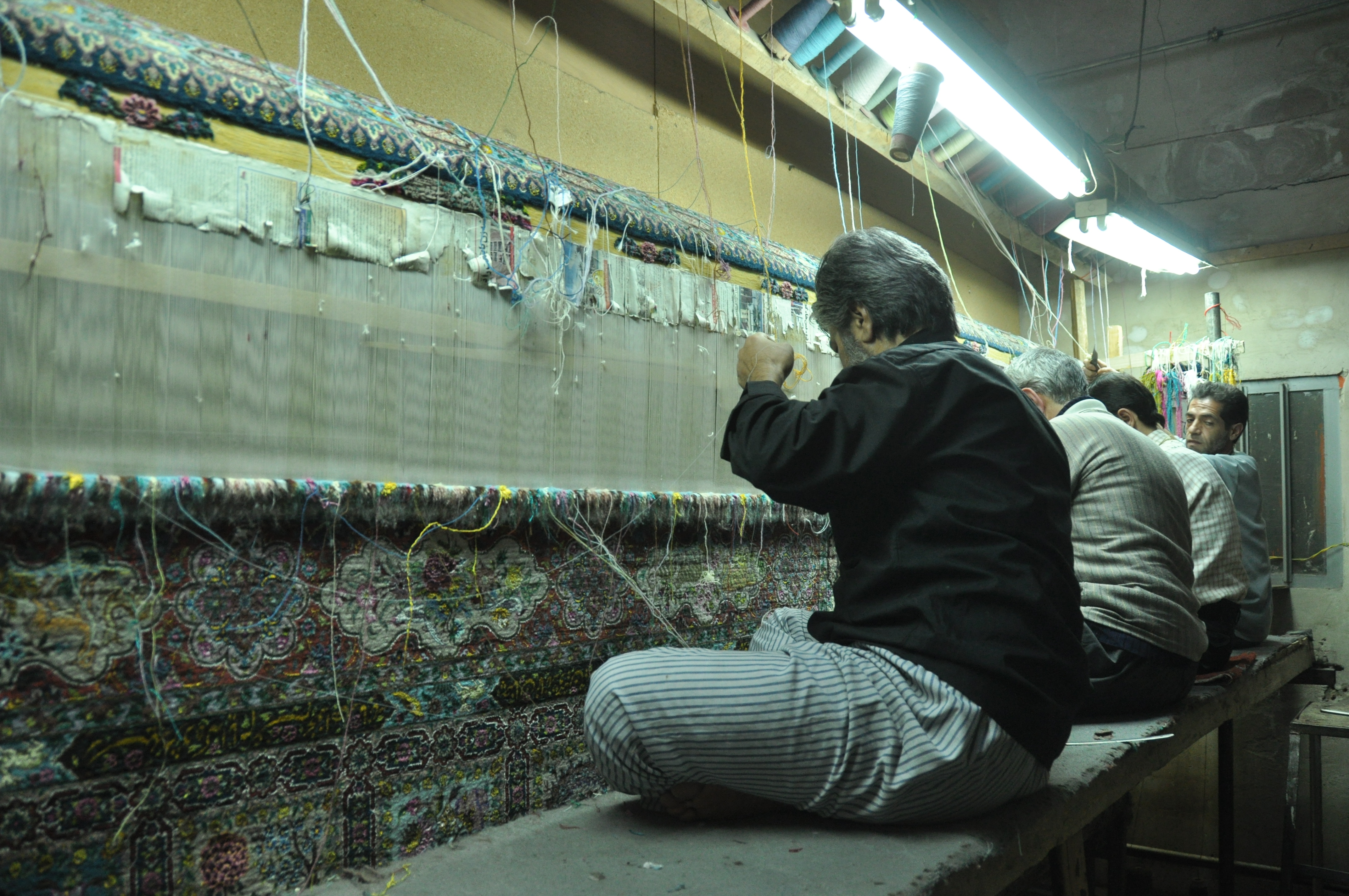Tabriz Carpet
Today marks what I hope will be the first of many informational blogs on carpets, fair trade, art and all things Lost Pines Art Bazaar. I hope you enjoy!
TABRIZ CARPETS
Perhaps the sincerest form of flattery anyone can make of a rug type is to copy it and this is just what happened years ago to Tabriz. Pakistan has set up looms and produced thousands of carpets known as Pakistani-Tabrizes; and usually not any less expensive either. Although tightly woven with good wool, these rugs tend to look a little too mechanical and formulaic despite their fine quality.
Because of the large size of their weaving base and the artistic creativity of their craftsmen, Tabriz is well known as a city that can produce a fine wool and silk floral rug in its own colors and style one time and then turn around and weave a bold geometric design with kurk , baby lambs wool, that is a 500 knot per square inch copy of a Heriz or Ardebil; rugs that are made in villages.
During the period of Mongol domination in the 13th and 14th centuries, the city was one of the outstanding trade centers where the carpet industry was in its highest stage of evolution. Late in the 19th century a group of English and American investors, robber barons of the period, decided to go to Persia and hire rug weavers to produce carpets to sell in the new department stores in London and New York. The businessmen even supplied the wool. Thus was born the latest evolution of the Tabriz rug industry; the finest quality in amazing quantity. As far as sizing goes, the dimensions vary from 2 x 4 to the largest palace sizes.
Colors in Tabrizes run the gamut from the deepest dark , conservative to blacks, greens and fuchsias. Designs consist of flowers, trees, animals, hunt scenes, mehrabs, candelabras branches and leaves with scattered tiny flowers, panels and panoramic scenes.



